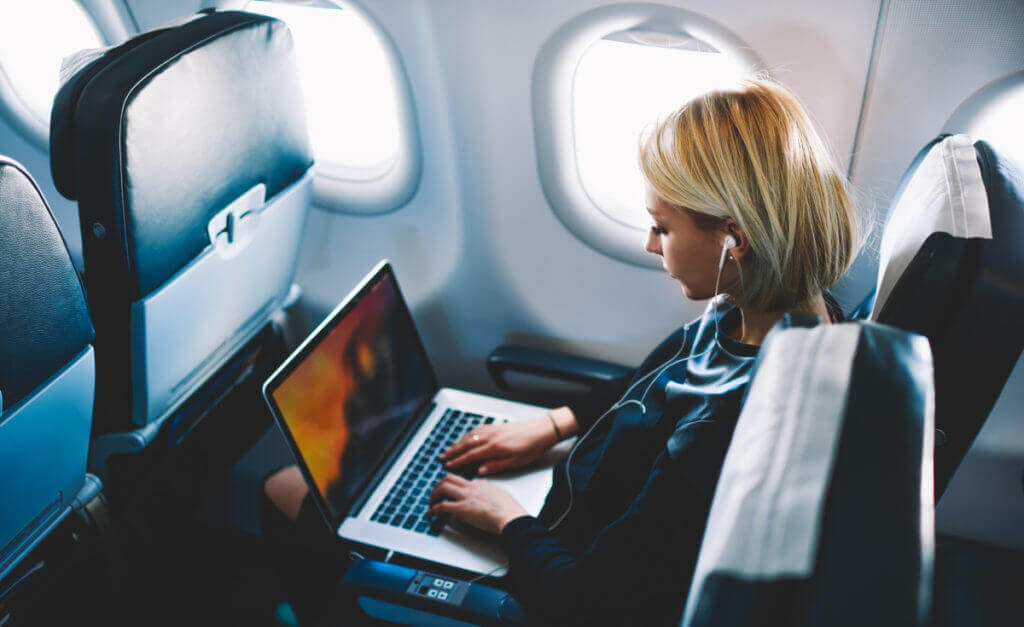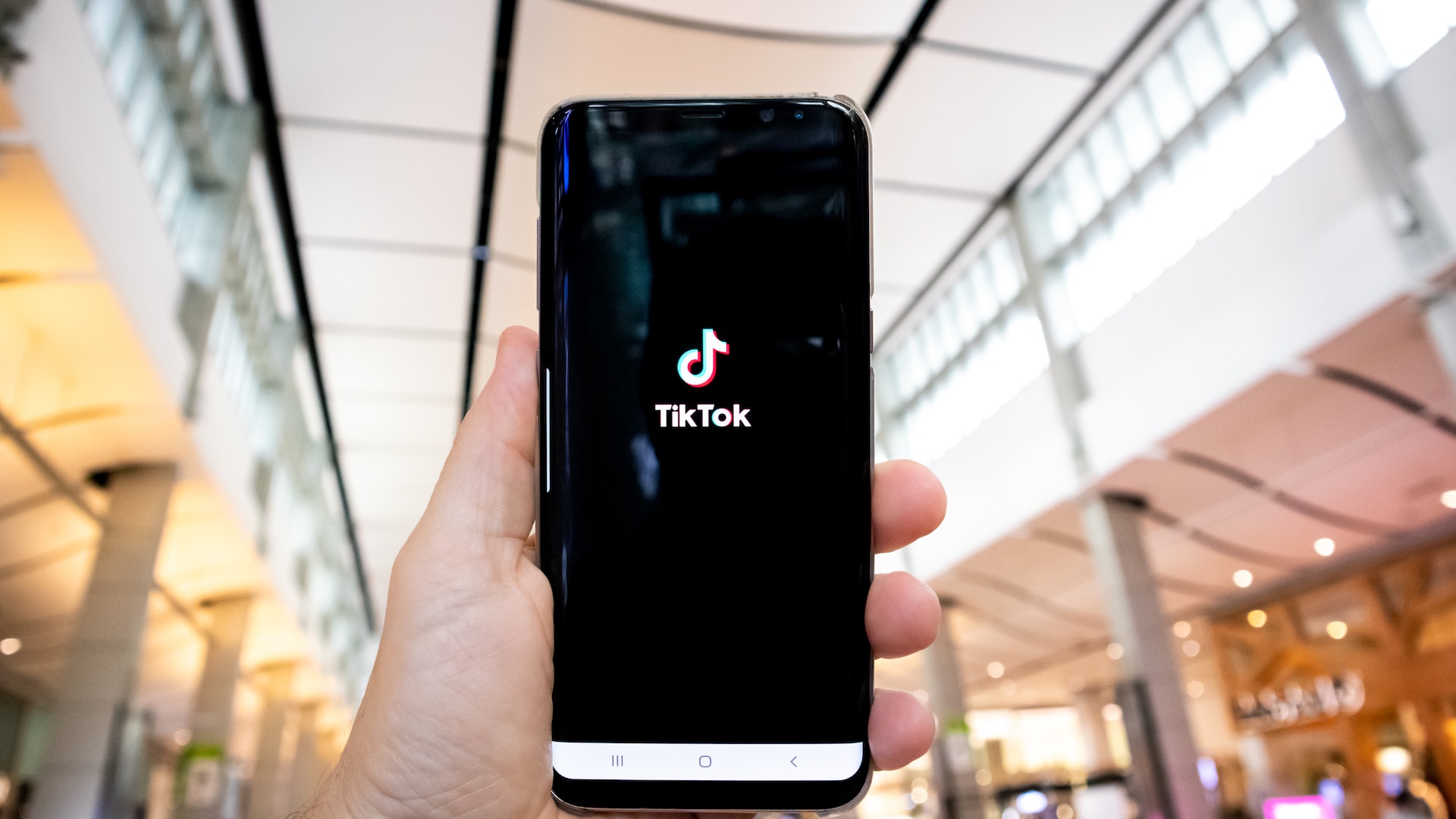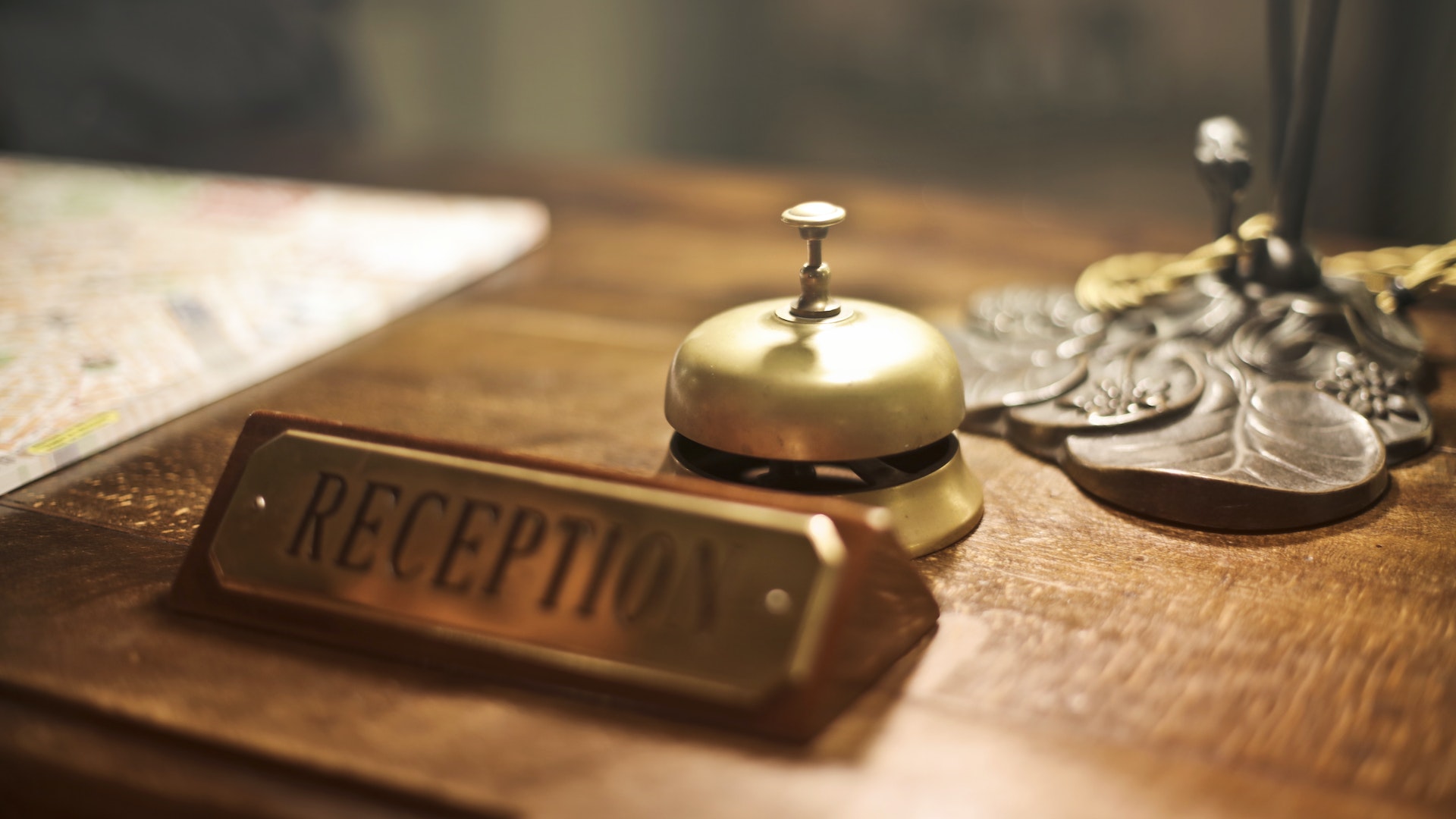
Due to the inherent interconnectedness of the airline and hotel industries, we thought it was time for a deep dive into COVID-19 implications of the airline industry.
NB: This is an article from Screenpilot
Much of our research elicits to-be-expected insights, but there are some important points hoteliers should keep in mind as we slowly but surely inch towards the recovery of travel.
Key Takeaways:
- Airlines are doing their part in the fight to stabilize travel.
- Long-lasting financial setbacks to the airline industry are inevitable.
- Consumer sentiment is down (but possibly on the rise…).
- People still want to travel.
The Predictive Industry Research You Should Know
The United States has experienced a series of financial crises in the past, giving us domestic aviation patterns to which we can compare COVID-19. During 9/11, SARS, the 2008 financial crisis, and the 2009 global recession, RPKs (revenue passenger kilometers) dropped between 15 and 30 percent in the affected regions. The recovery period for these crises lasted about a little more than 4 months, and for 9/11 and the 2008 financial crisis specifically, demand took 12 to 18 months to recover in the affected markets. Most experts concur the economic impact of COVID-19 will be bleaker
BCG developed a series of demand recovery scenarios that may be useful for hoteliers to familiarize themselves with since the aviation and hospitality industries are inherently linked. According to BCG, there are five possibilities for how the airline industry will recover. Each scenario takes into account the uncertainty of the virus containment, varying government actions, and consumer demand.
Five Airline Recovery Possibilities
According to the study, there are five possible forecasts for the airline industry, the most likely of which predicts a 12- to 18-month recovery period, which would stretch into 2021. This scenario assumes a slow, gradual decrease of new COVID-19 cases and deaths exacerbated by an economic recession, government discouragement of travel, and a lag in consumer confidence in traveling. Three other scenarios deemed “medium likelihood” predict periods ranging from 6 to 12 months, and a different 12 to 18 months scenario squandered by the second wave of COVID-19. BCG described the fifth demand recovery scenario of around 3 to 6 months as unlikely.
Regardless of which of the above scenarios comes to fruition, recovery for the airline industry probably won’t come quickly. According to a global aviation leader from Oliver Wyman, “…it could take passenger air travel demand anywhere from several months to two years to recover to 2019 levels. This depends on multiple factors including the speed of virus containment, restoration of confidence in air travel, and a return to normal economic and social activity.”
This second point—the restoration of confidence in air travel—is what we’re going to focus on in this article as it relates to the hotel industry.
We’ve identified four trends in the airline industry during the COVID-19 era and how hotels should proactively address these changes.
Trend #1: Airlines are doing their part in the fight to stabilize travel.
Airlines in the US are taking proactive measures to prioritize consumer needs. Many of these unprecedented measures are designed to stimulate future travel, which could positively impact the hospitality industry during COVID-19 recovery. We’ve broken down some examples of encouraging policy changes spearheaded by top US airlines (see Figure 1).
With the ability to cancel or rebook trips for free through the rest of 2020, plus generous extensions on expiring travel credits/points, travelers are looking at large booking windows to either reschedule trips or plan new post-COVID trips.
In addition to these specific COVID-elicited policy changes, the drop in flight prices alone may spur future airline tickets. Rick Seaney, CEO of FareCompare, predicts that during travel recovery, “fares won’t rise much [in comparison to the COVID-19 super deals we’re seeing now], because airlines will use them as incentives to lure us back into the habit of getting on planes.”

What This Means for Hotels
Hotels and resorts should already be advertising their flexible cancellation policies and all COVID-19 information on their own websites. Additionally, consider aligning your flexible cancellation policies with those from major airlines—or at minimum, become familiar with the airlines’ changes, knowing that many of your future guests may be booking stays at your property because of these updates.
Down the line, consider offering promotions or special deals leading up to the timing of expiring airline points. This is a great way to drive bookings from guest demographics or for seasons that may be atypical for your property, as travelers across the country are looking to use unprecedented airline points in an extended timeframe.
Trend #2: Long-lasting financial setbacks to the airline industry are inevitable.
Undoubtedly, the airline industry is going to suffer financially from the wrath of COVID-19. The revenue drop is an estimated $63 billion to $113 billion; for perspective, post-9/11 saw airline industry revenue fall by $23 billion. Although the industry is set to receive a $25 billion bailout from the government, an unfortunate reality is that some airlines will go bankrupt. Additionally, the global fleet size is predicted to decline by 20 percent, resulting in fewer aircraft carriers and theoretically fewer annual flights to certain destinations. From the consumer perspective, people are also going to be weary of boarding a plane (see Figure 2).

What This Means for Hotels
The airline industry’s recovery is uncertain but gradual at best—your hotel is initially going to see fewer guests from fly markets no matter what. As the airline industry ramps up to deal with operational changes and people begin to regrasp their former non-quarantine lives, your best bet is to focus on targeting the drive market.
A travel crisis expert from the Tourism Crisis Management Initiative asserts the initial travel comeback will be “closer to home” and the US will see an increase in “driving tourism.” Chief executive of MMGY Global, Clayton Reid, also alluded to the increasing importance of the drive market, citing in a late-March travel report, “road trips have been on the rise for five straight years, and 2020 could well become the year of the car.”
If your PPC campaigns are currently paused, consider turning your media back on to reach your drive market through geographic targeting in Google Ads. You want to be showing up in search results for your local audience, as well as neighboring states or areas within realistic driving distance. Plan on the first waves of guests at your property being those with staycations or road trips in mind—and supplement your targeted PPC strategy with organic social content that addresses the staycation/road trip hype!
Trend #3: Consumer sentiment is down (but possibly on the rise…).
We found in the predictive research presented at the beginning of this article that consumer confidence in travel will play a key part in the airline industry’s recovery. Consumer sentiment—also known as the consumer confidence index—is defined as the “degree of optimism on the state of the U.S. economy that consumers are expressing through their activities of savings and spending.” This can be a helpful metric for predicting the volume of travel post-quarantine, as well as give context to timeframe, frequency, and travel budgets.
In March 2020, the US saw the fourth biggest one-month drop in nearly 50 years; the consumer confidence index dropped 11.9 index points from 101.0 to 89.1. April saw a record-low of 71, but the most recent reading from Friday, April 24 presented a slight increase to 71.8—perhaps a beacon of hope. As consumer sentiment rises, consumer confidence in travel will follow and the airline industry will ideally see a quicker recovery.
What This Means for Hotels
Anything you can be doing to boost consumer sentiment will positively impact consumer confidence in travel and fast track airline industry recovery, allowing your property to see bookings from the fly market once again. As hoteliers, we can’t control the economy, so these efforts may be indirect and covert but it’s still a step in the right direction.
Screen Pilot recommends posting positive futuristic-oriented content on your social channels, letting your users know that your property predicts confidence in the travel economy to be on the rise. Hotel safety and cleanliness are also going to be a huge factor moving forward—be an industry leader in spearheading this new and necessary trend. We’ve compiled a list of ways to not only make your space more health-oriented, but how to advertise these changes to guests. All of these little messaging strategies can help contribute to increasing consumer sentiment.
Trend #4: People still want to travel.
An International Air Transport Association (IATA) survey found that 60% of recent travelers anticipate a return to travel within 1 to 2 months of COVID-19 containment; 40% indicated that they could wait 6 months or more. According to MMGY Global’s most recent COVID-19 Travel Insight Report (from the week of April 20), more than one third of business travelers who were surveyed are likely to travel for business as well as leisure in the next 6 months.
The US Travel Organization published similar findings in recent surveys: over 50% of respondents reported they were “eager to travel for leisure once the pandemic passes” and around one third of consumers in a different study would “return right now to their regular activities (including hotels and airline travel) without hesitation if that was a possibility.”
A phenomenon closely tied to the idea that desire to travel has not entirely subsided is flight arbitrage, a current consumer behavior that New York Times describes as “little-to-no risk in pointing, clicking and purchasing” specifically due to cheap flights and flexible airline change/cancellation policies. People are taking advantage of this never-before-seen travel landscape by simply booking future flights, in hopes that travel will have resumed by the time of the trip but knowing that if it hasn’t, they won’t be out any money.
What This Means for Hotels
The promise of travel again is imminent. First and foremost, this is a positive mindset hotels can focus on as the light at the end of this dark, difficult tunnel. In the meantime, shift your content—on social and your website—to travel-inspiring messaging.



